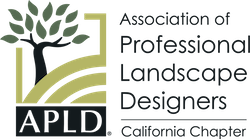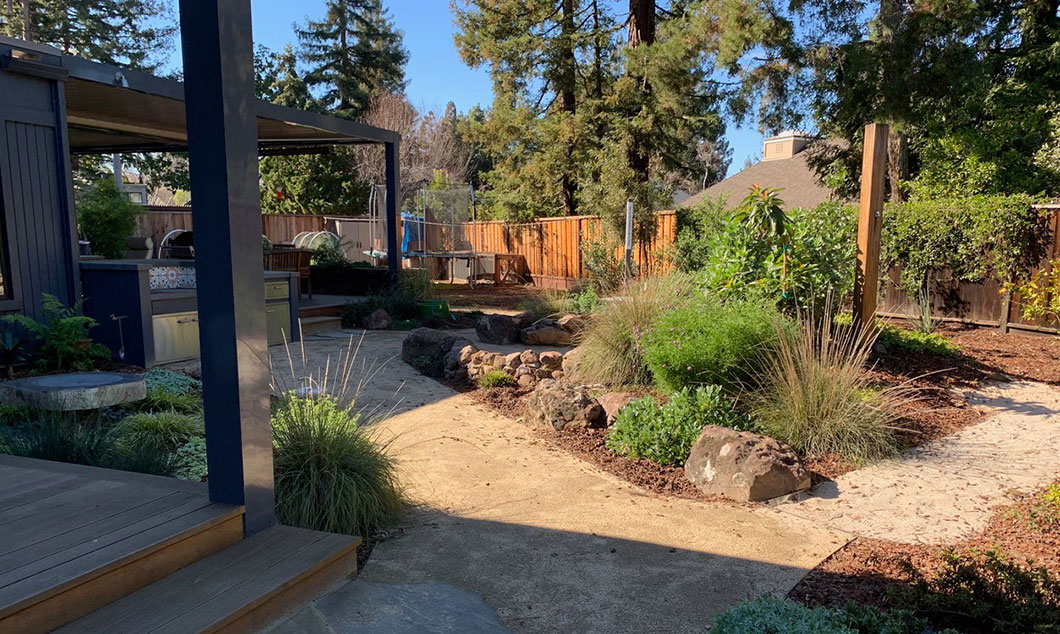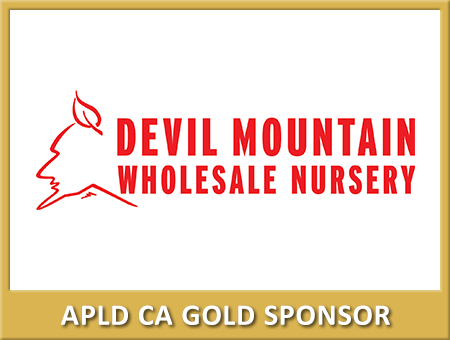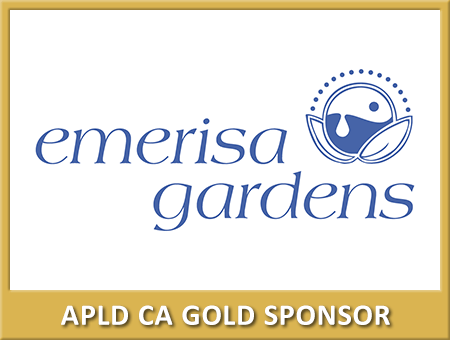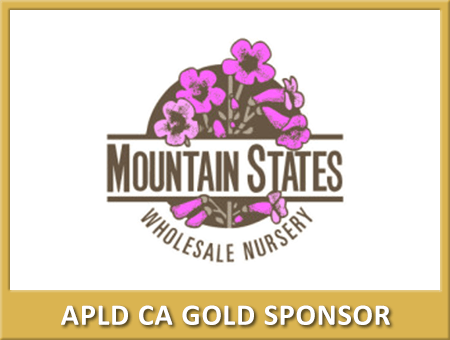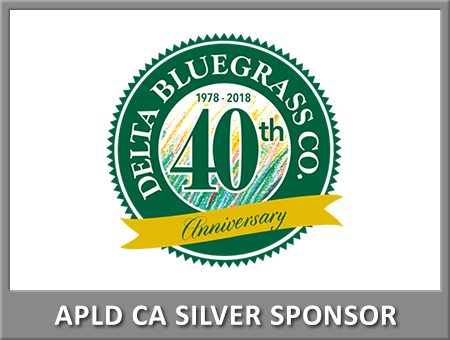Photo above by APLD CA Bay Area District Member Shireen Zia.
Landscape installation by EarthCare Landscaping.
APLD CA Chapter Advocacy Committee Presents
Fire-resilient Landscapes:
Creating Beautiful Gardens for Defensible Space
3.5 APLD CEUs
Thursday, November 4, from 2:00 to 5:30 p.m., PDT
Location: Online
For further information, contact advocacy@apldca.org.
The Need for Fire-resilient Design
Increasing wildfire danger throughout California and other states has made it urgent that landscape professionals receive comprehensive, standardized, science-based education. Expectations can then be melded with strategies to reduce the very real threat that landscapes around homes can pose while enhancing and protecting biodiversity. With advanced knowledge, we can lead the way in providing solutions to meet our clients’ needs.
This symposium features valuable insights and tools to help designers, contractors, and horticulturists create aesthetically appealing landscapes while safeguarding homes and their surroundings.
This symposium is the first step in a broader goal: to provide leading-edge education on fire-resilient landscapes for the health of our clients, communities, environment, and ecosystems. Designers and allied professionals who design, install, and maintain landscapes can then provide their essential services to support fire-resilient landscapes.
PROGRAM
Earns 3.5 APLD CEUs
Note: There will be time for questions and answers following each presentation.
Introduction
Presented by Kit Veerkamp, Landscape Architect
Wildfires & the California Landscape:
What You Do As Designers, Contractors, Horticulturists, and Homeowners Makes a Difference in Survival
Presented by Cheryl Miller, RLA with the Diablo FireSafe Council, and Carol L. Rice, Fire Ecologist
We have all seen the devastation of wildfire. Do you know if your clients’ homes are at risk from wildfire? Each year fire departments throughout California inform homeowners that they are required to take action to “abate” wildfire hazards. Is that really enough? What are the actions you can do to increase the chances of survival? How can your work make a community more resilient to wildfire?
Miller and Rice will talk about:
- Fire as Part of Living in California: 4 objectives
- Wildfire Behavior 101: 9 elements of wildfire behavior
- California Fire Ecology: Surrounding ecosystem matter
- Creating a Fir-sSafe Landscape: 6 design principles
- How Your Work Matters: You can help build community resiliency
Embracing California’s Fire-prone Environment:
Allowing Nature to Be Our Ally
Presented by Richard W. Halsey, Director of the Chaparral Institute
Most of the homes lost to wildfire over the past decade in California could have been saved. Why they were lost has more to do with hubris and our society’s antagonistic relationship with Nature than with the fire itself. The current approach favored by Cal Fire and the U.S. Forest Service of attacking wildfires is equivalent to fighting a modern enemy with strategies from a century ago—it leaves our communities vulnerable to a wildfire’s most destructive product, embers. By recognizing that large, high-intensity wildfires are inevitable, that Nature can be an ally, and that native landscapes can both protect and enrich our lives, we can create safe, sustainable homes and neighborhoods throughout California.
Planting the Fire-resilient Garden
Presented by Mike Evans, Founder and President, Tree of Life Nursery
Horticultural and landscape design professionals in Southern California have been tasked by our society to create esthetically pleasing, sustainable, and functional outdoor spaces. The environmental factors involved in this challenge include heat and drought, limited water resources, poor soils on graded sites, and dry exposures as developments trend further inland. As natural habitat disappears and becomes more fragmented, we will focus on native plantings that attract butterflies, beneficial pollinators, birds, and other species into the enriched urban habitats in our built ecosystem.
Underlying all the challenges and opportunities for building good gardens in our classically Mediterranean climate zone remains the increasing risk of wildfire, especially at sites considered the “urban/wildland interface.” From a planting point of view, the solutions are easy. Choose plants that will meet all the criteria for the issues listed above, arrange them in a practical and fire-safe manner, maintain them properly, and enjoy the final product: a functional landscape perfectly suited to the region. In this talk, we will discuss native plant types and the design techniques utilized to achieve these goals.
Closing Remarks
Presented by Kit Veerkamp, Landscape Architect
FEES
APLD California Members and Sponsors attend free of charge thanks to the generous support of the APLD California Chapter. Now, that’s a nice benefit of Membership that the Chapter is able to provide, thanks to our Sponsors!
APLD Members from Other Chapters:
$35, plus Eventbrite processing fee
Non-APLD Members:
$55, plus Eventbrite processing fee
UC Master Gardeners & Non-APLD Member Students:
$15, plus Eventbrite processing fee
For further information, contact advocacy@apldca.org.
